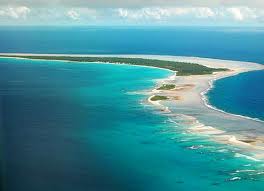UNESCO adds more World Heritage sites
A UNESCO meeting just announced the addition of twelve places on its list of World Heritage sites, a powerful promotion for these sites for tourism as well as conservation efforts.
The World Heritage Committee of UNESCO, which finished discussions after ten days in Brasilia, gave the coveted title to already-famous tourist spots like France’s historic Albi town and Amsterdam’s canal belt, but surprisingly awarded it also to far-away places such as Sri Lanka’s highlands and the Bikini Atoll, where the nuclear era started.
The latest UNESCO meeting looked for unique attractions from all over the world except Europe, where many of the previously marked heritage sites are located.
"There is a sort of imbalance that means the cultural assets of Africa, Latin America, and parts of Asia are not as well represented as European culture”, said committee chairperson and Brazilian Culture Minister Juca Ferreira.
Indeed "the countries from the south were very present" during the determination of the new list, says Francesco Bandarin, UNESCO Assistant Director General for Culture.
The World Heritage Site list now has 911 places, with 21 new sites added by the committee on Monday.
The new heritage sites include: an Australian penal colony, an imperial palace in Vietnam, a historic bazaar in Iran, Pacific archipelagos, temples in China, Reunion Island in France, an 18th-century observatory in India, and 14th century villages in South Korea, among others.
Tajikistan, Kiribati, and the Marshall Islands were awarded with their first ever World Heritage site.
